“This has been a long time coming. Today’s success has its roots in a project that started the better half of a decade ago.” – Vince Geglia II, Owner / Founder of TRIFECTA Performance Inc.
With the release of the 2020 model year of the Chevrolet Corvette, General Motors undeniably upped the ante. The 8th generation Corvette (C8) was redesigned as a mid-engine sports car with its sights set to compete with the very best of the European exotics. The arrival of the C8 stunned traditional Corvette fans and made new fans out of people that would have never considered a Corvette previously.
Unfortunately, recalibrating (tuning) the C8 requires much higher hurdles to be hopped. The C8 has been on the streets for over two years now, and until this moment had no recalibration option. TRIFECTA is pleased to announce success in tuning the C8!
“We absolutely respect what GM has built here. Aftermarket tuners have a tendency to cast themselves as smarter than the OE engineers as a dubious marketing strategy for their services. GM without question put their best foot forward with the C8, and from a tuner’s perspective, this car deserves nothing less than the humblest approach.” – Vince
The C8 is good out of the box. Really good. In fact, from our perspective it’s darn near perfect. Since the Gen V V8 debuted with the 2014 Chevrolet Corvette (C7), tuners have faced a daunting challenge to find reliable power gains in the calibration alone. With the C7, we found some of the more impressive gains came from tweaking the driving characteristics of the car – making the transmission shift schedule more progressive, giving the accelerator pedal more linearity.
The first time we drove the C8, our thinking was, “This is going to be really challenging to improve on.”
“When I told people we would be tuning the C8, almost without exception, the first question I was asked was, ‘How much power do you think you’ll get?’ My answer? ‘None.’” – Vince
Our prediction was there would be little to no power left on the table in the C8 factory calibration, and that prediction ended up being accurate. We adjusted the air to fuel ratio, ignition timing advance, DI injection timing, DI rail pressure, and variable cam phasing angles. We confirmed that our calibration changes were in fact taking effect, but none of them led to measurably significant power gains.
“While we didn’t find power, what we did find is that the C8’s software largely works the same way as the older ECUs, like the E92, and that we were able to modify the parameters required to make power adders work on the C8 without stand alone or piggyback systems.” – Vince
The dyno chart shows four different pulls with our C8.
- The Red pull is the baseline (stock calibration).
- The Green pull shows the result when we set the power enrich (PE) ratio to 11.5 across the board.
- The Orange pull shows the result when we set the PE ratio to 13.5 across the board.
- And, finally, anyone that’s ever experimented with an LT1 should recognize the Blue pull: this pull had the variable valve timing (VVT) tables zeroed out, which causes substantial losses at higher RPM.
These pulls have been selected because they best illustrate some of the tuning changes we tested, and show, at the least we have been able to modify the PE ratio and the VVT calibration.
Up until now, with the lack of native tuning capabilities, C8 tuners have been forced to use stand alone or “piggyback” systems to make their power adders work. We celebrate what’s been able to be accomplished with these systems, and while these builds have put down head-turning numbers at the track and on the dyno, they have quirks and limitations.
A piggyback system has the task of persistently lying to the engine control module (ECM) about what’s going on with the engine in order to push the ECM into a behavior that allows the power adder to work correctly. In many cases this involves clipping the mass air flow (MAF) sensor value so the ECM doesn’t think the engine is making too much power. Or clipping the manifold pressure (MAP) sensor value so when the manifold goes into boost, it doesn’t set a sensor fault. Essentially a piggyback system has to make the engine look like it’s making no more power than the stock engine does, while allowing it to make, in some cases twice as much power, or even more.
One of the major consequences, particularly with the C8, is the transmission gets overpowered, especially when it’s trying to shift from one gear to the next. Normally, when there’s a gear-to-gear transition, the transmission control module (TCM) requests a temporary torque reduction from the ECM, which is effected by either/or/all closing the throttle, cutting fuel, and retarding the ignition timing. The extent to which the ECM performs these tasks is dependent on its understanding of how much power the engine is making. If the ECM is being told by the piggyback that the engine is making 460 lb-ft of torque, but it’s actually making 660 lb-ft of torque, it’s not going to be able to correctly reduce the torque for the gear-to-gear transition, and POOF, there go your transmission clutches.
Native tuning won’t solve hard part power limits, but it will allow for correct torque management events to occur under these critical circumstances.
“Now that we’ve examined the performance side of the C8 calibration, we’re going to turn our efforts towards drivability character traits. The C8’s driving manners are very, very good out of the box. Virtually every issue we had about the way the C7 drove has been fixed with the C8. But there are a few places where we can make good into great.” – Vince
Our feeling is the C8 could, by default, wind gears out just a little more than the factory calibration does. And, while the pedal’s response linearity is much improved over the C7, we feel there’s still a bit of compression in the pedal in the 65 – 100% range that can be smoothed out. We also believe there are C8 owners that would like to see an optimized AFM (V4 mode) profile, and others that would like to have their AFM exhaust valve or bypass valve settings modified according to their exhaust system design or personal preferences. All of these settings can be modified in the ECM.
“This is a very exciting moment for the C8! We’re excited to share in pushing the platform forward, and to have the opportunity to work with the community’s members who share our passion for the C8!” – Vince
Native tuning opens up so many possibilities for not only making power adders work, but also making them work reliably, with OE level controls and diagnostics. Turbocharger builds can have octane scalar-based airflow limits enabled. Supercharger builds can limit boost based on incoming air temperature. And, instead of figuring out how to evade the OE diagnostics and safeguards, native tuning allows attention to be paid to recalibrating, or even enabling OE diagnostics that are otherwise disabled (e.g. enabling boost control diagnostics on a factory naturally aspirated calibration).


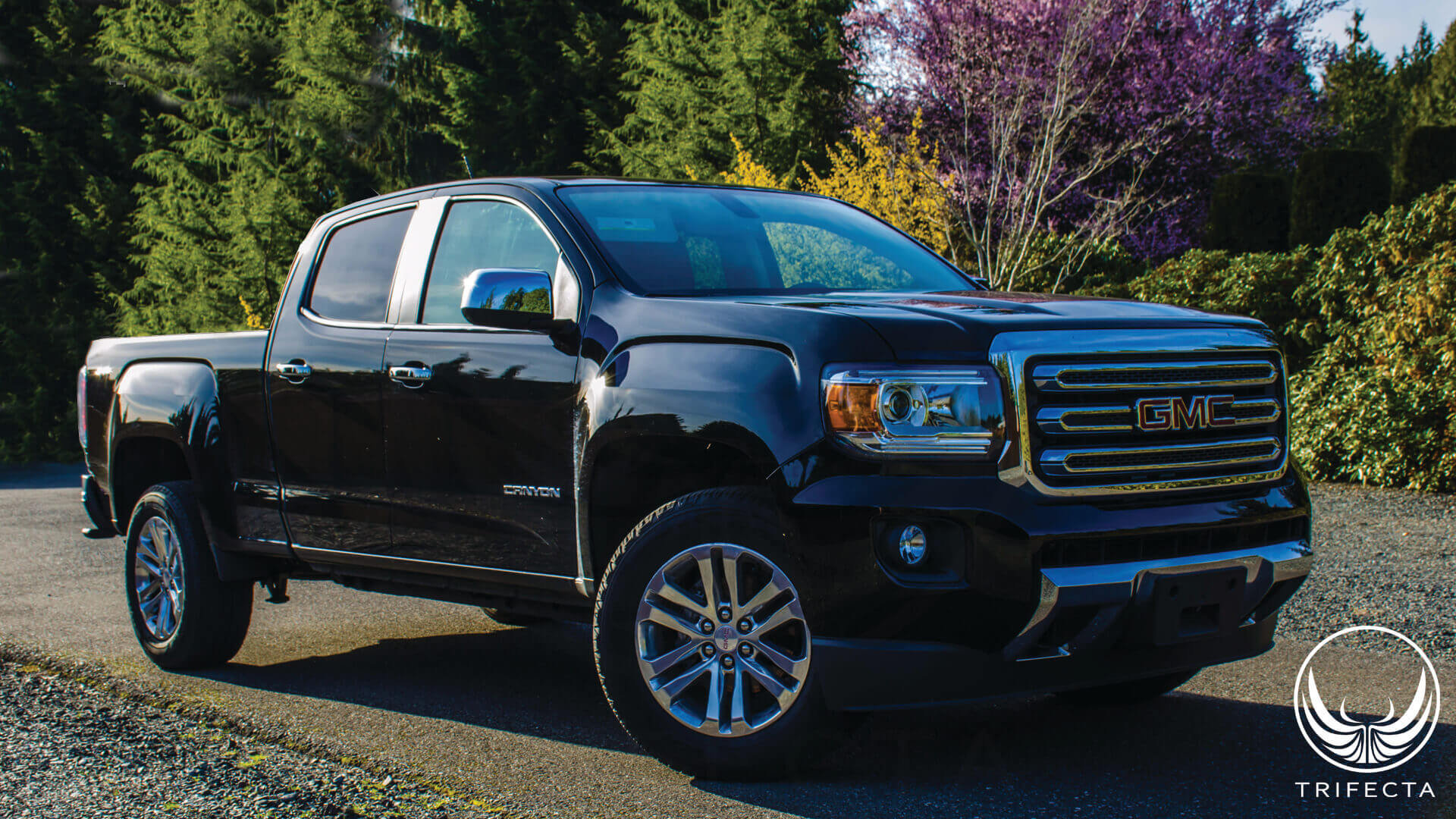
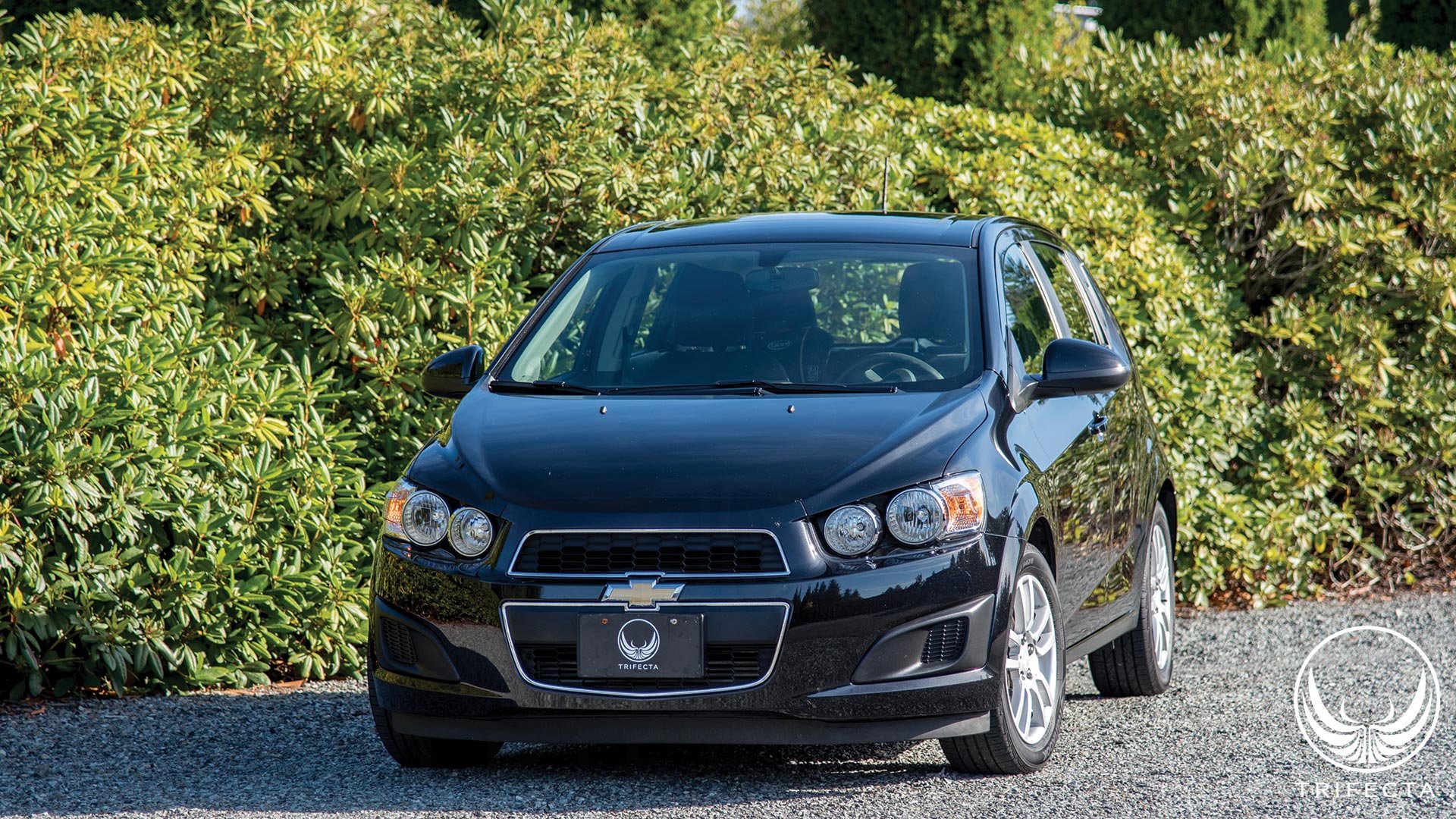

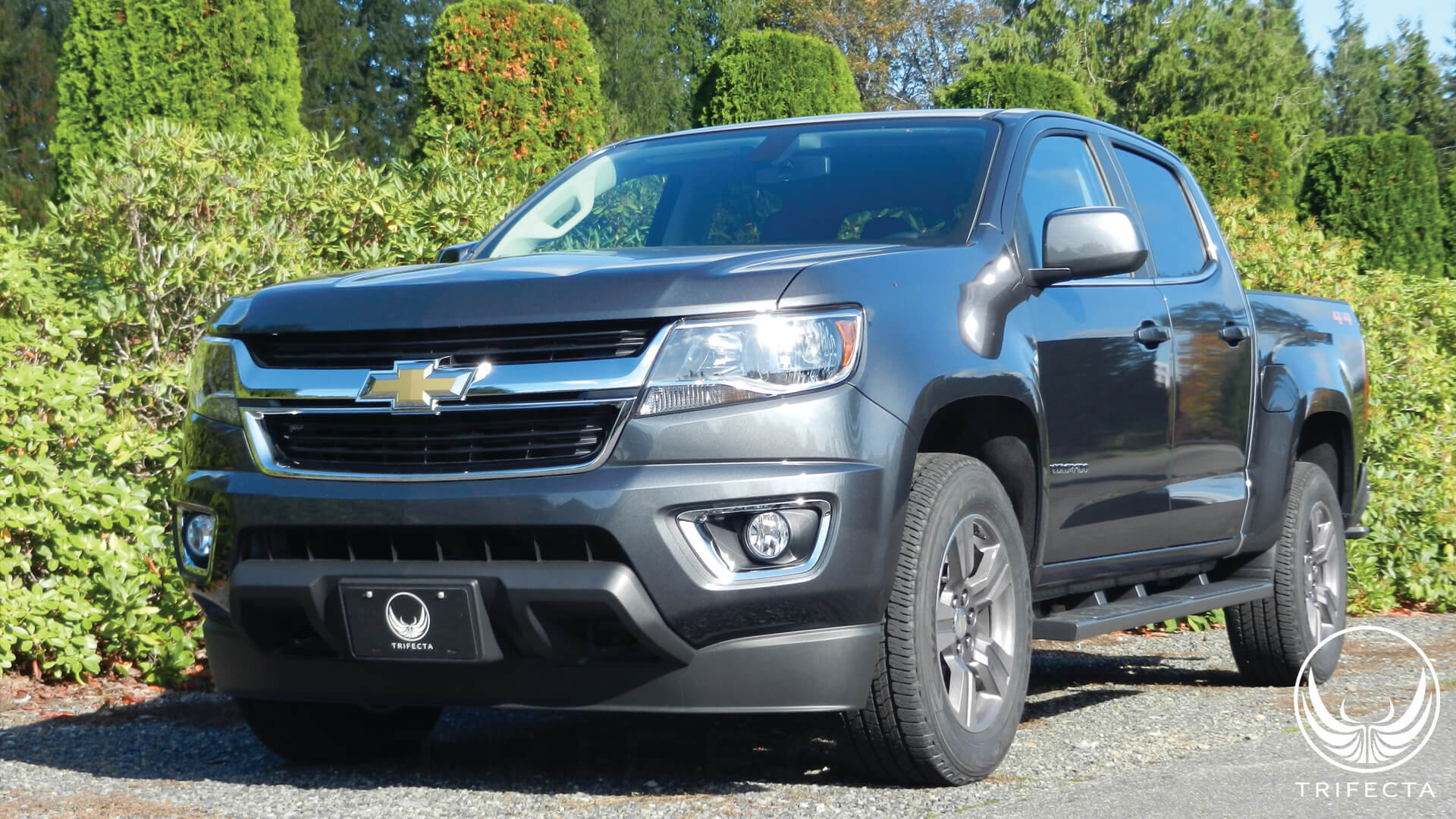
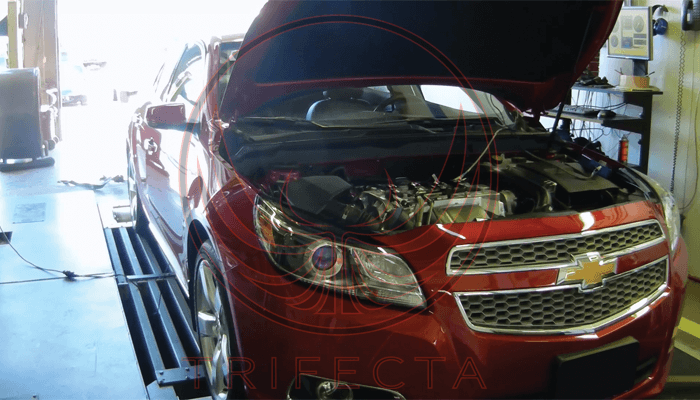
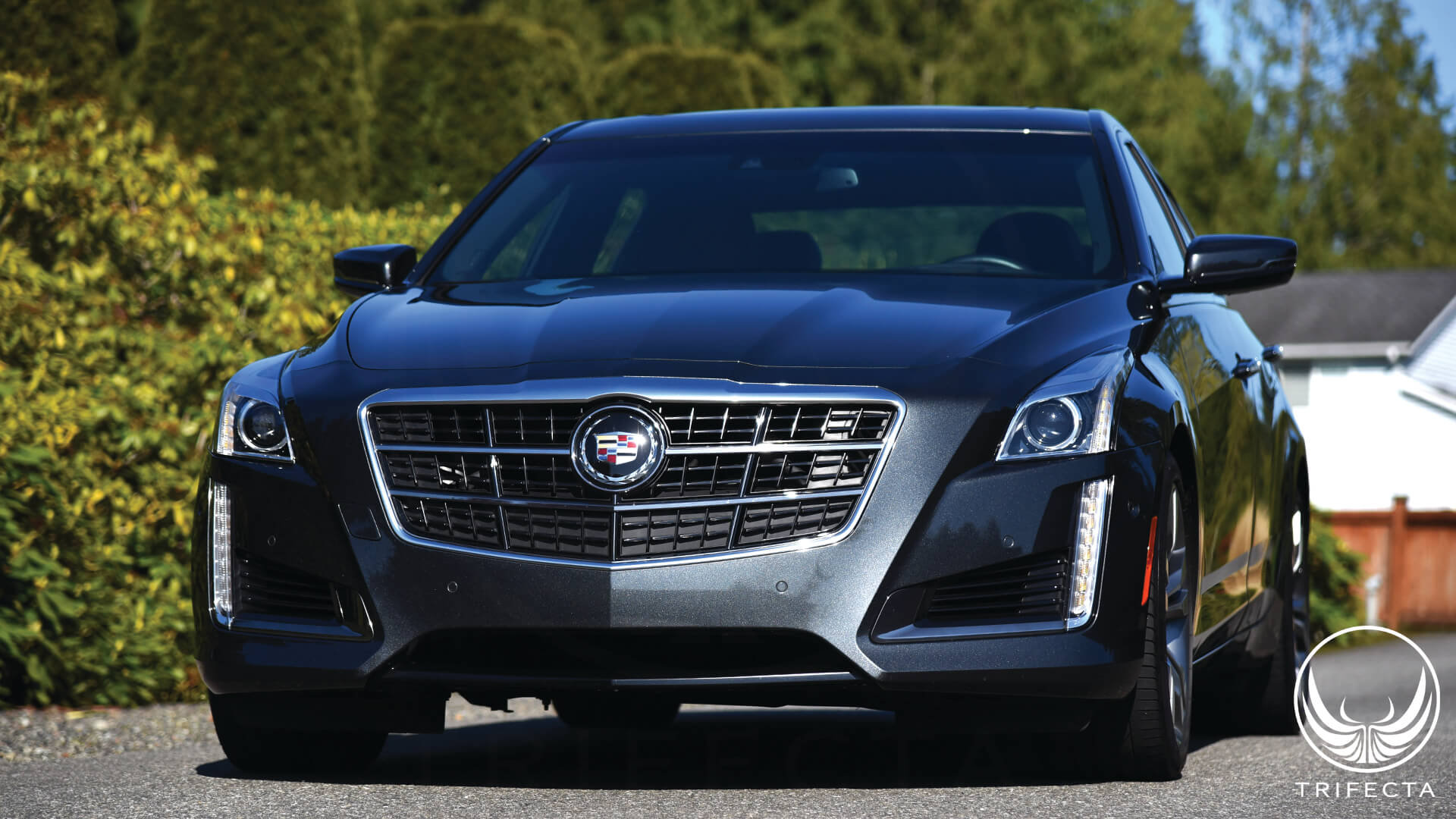
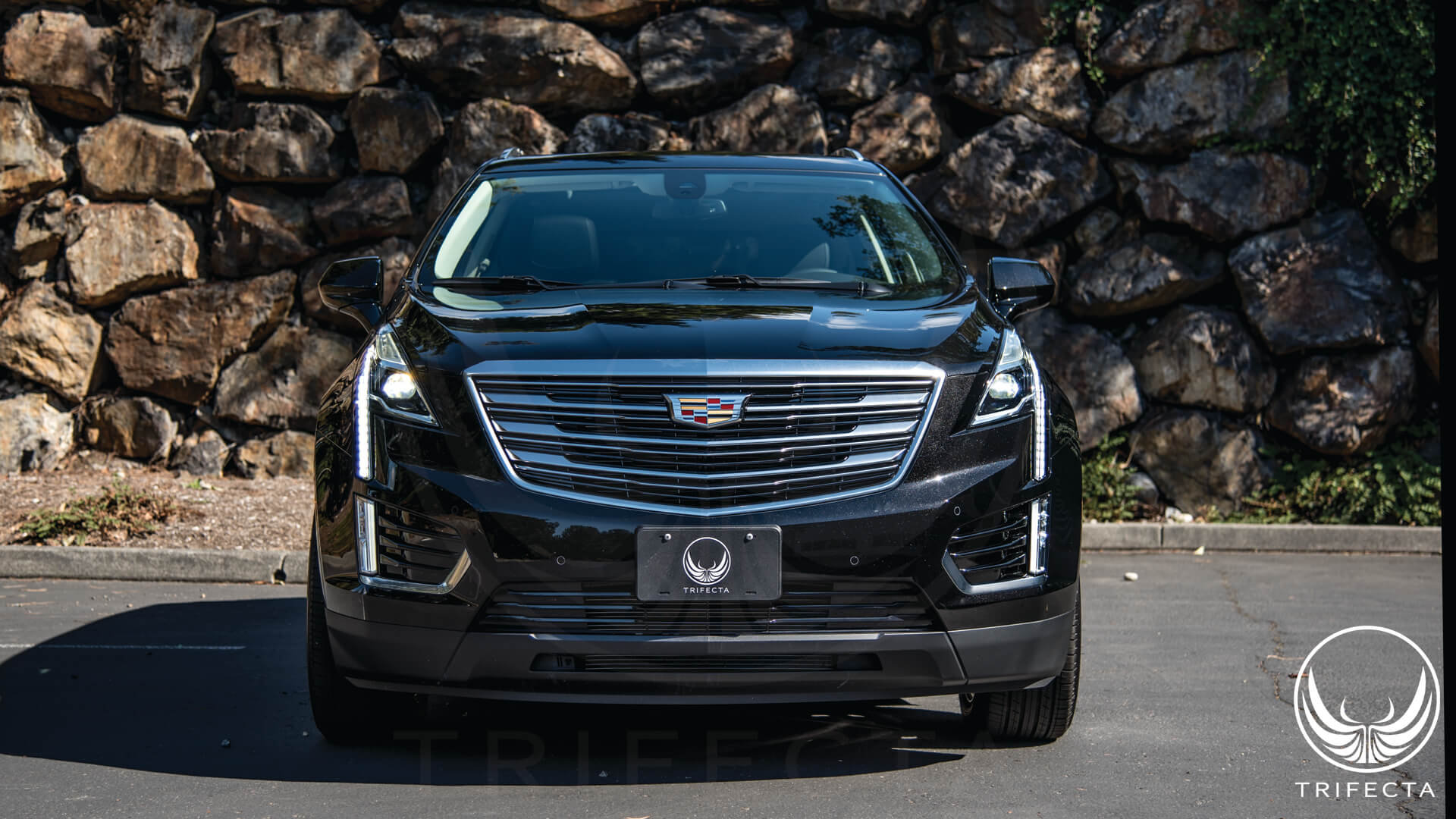
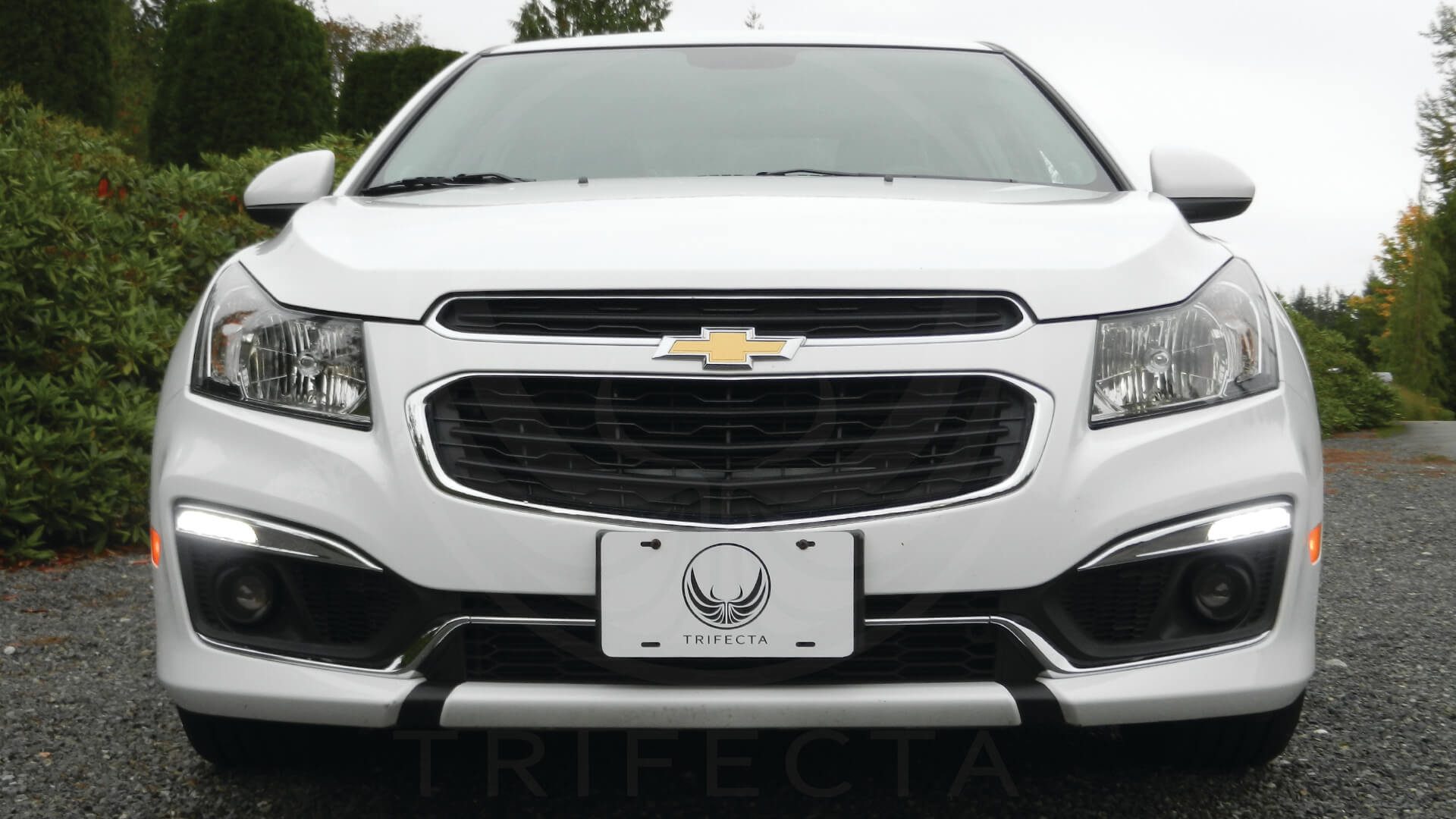

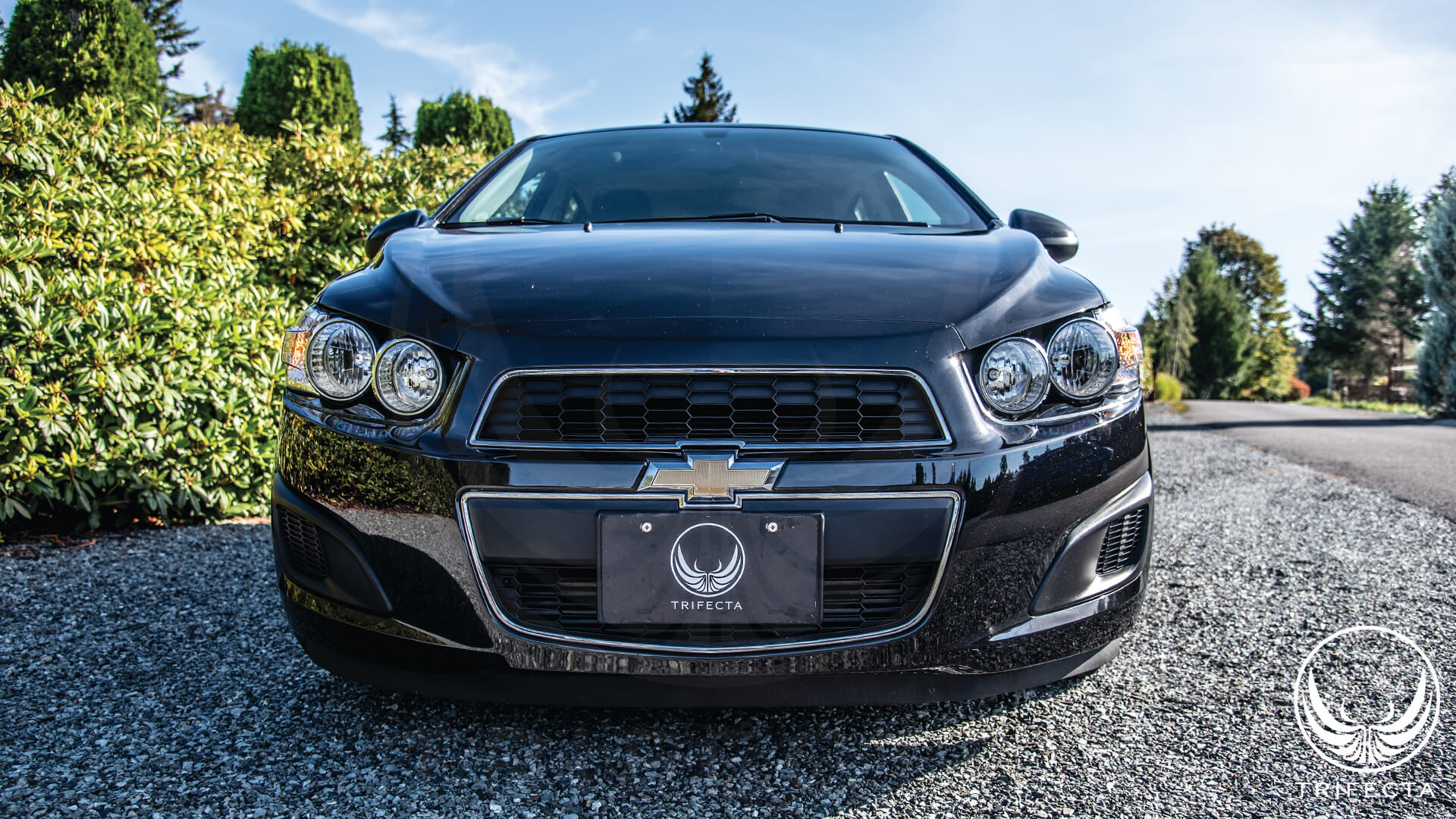
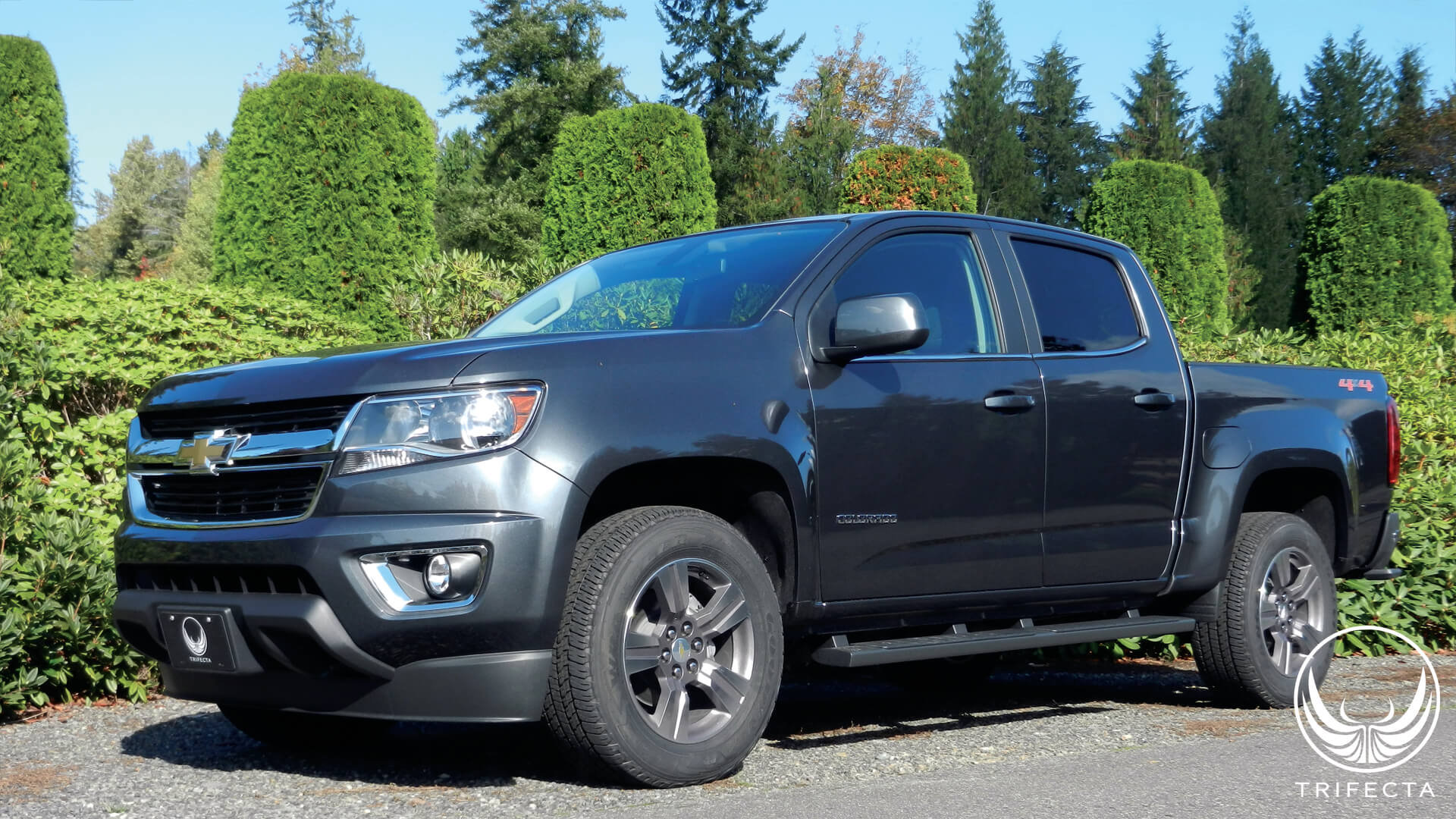

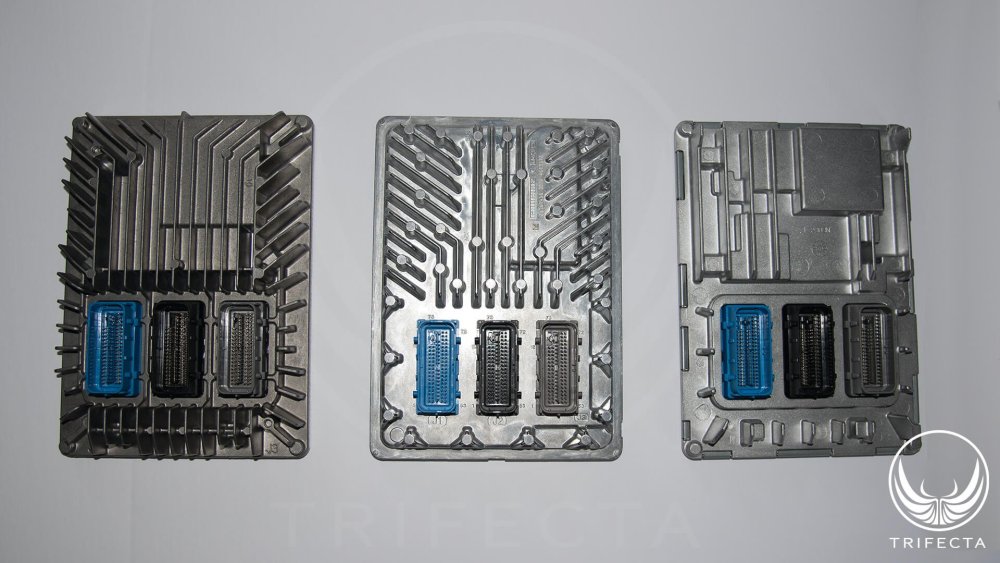
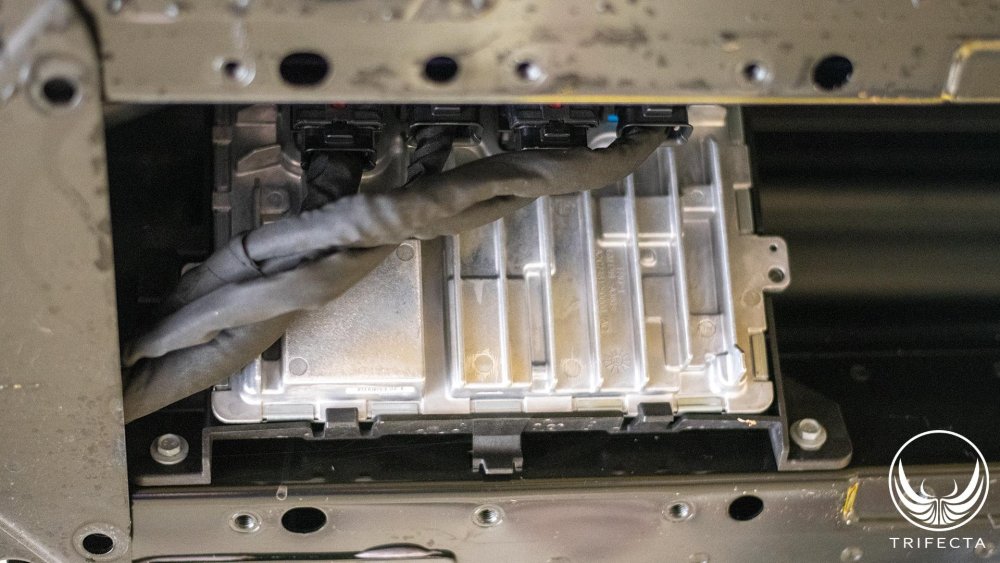
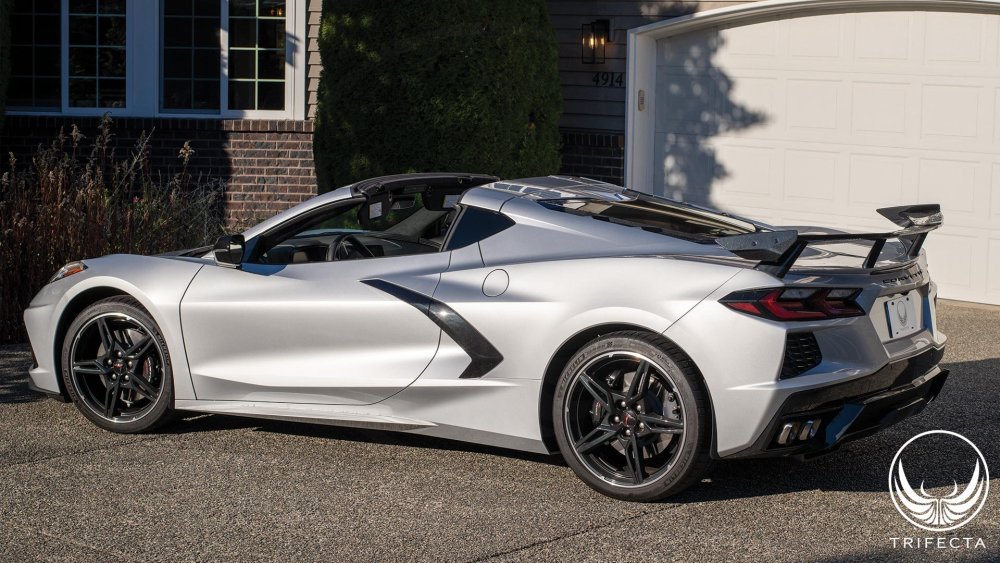
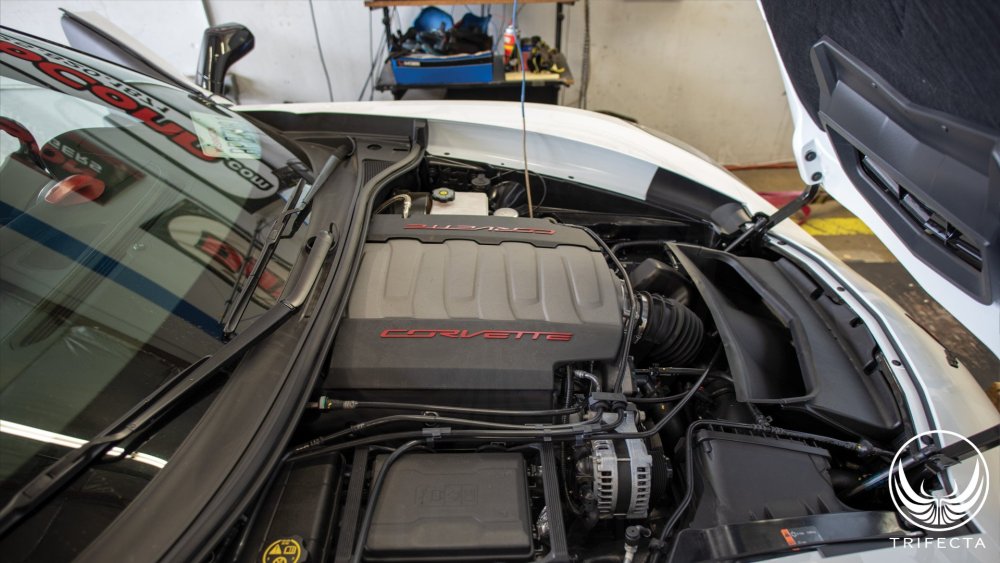
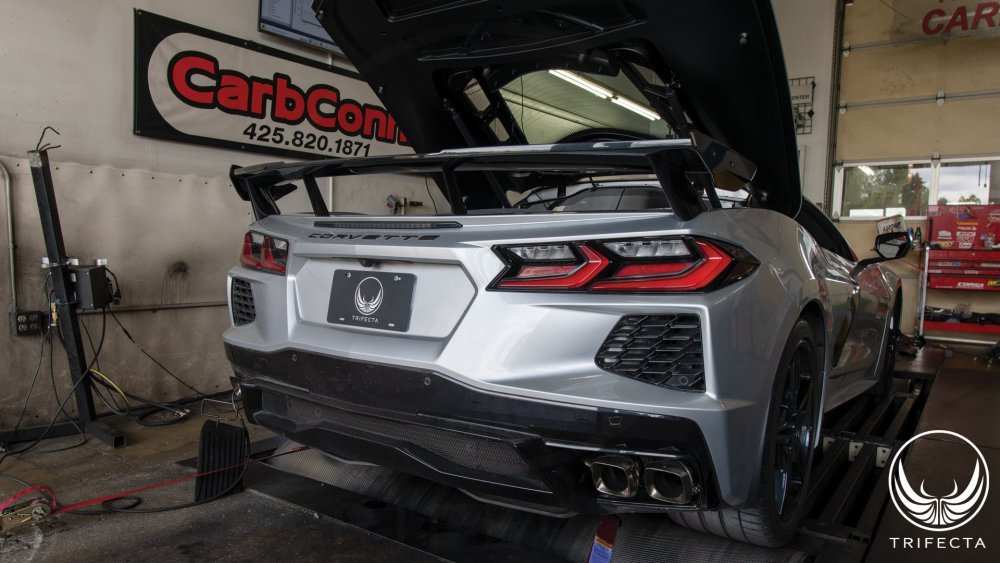
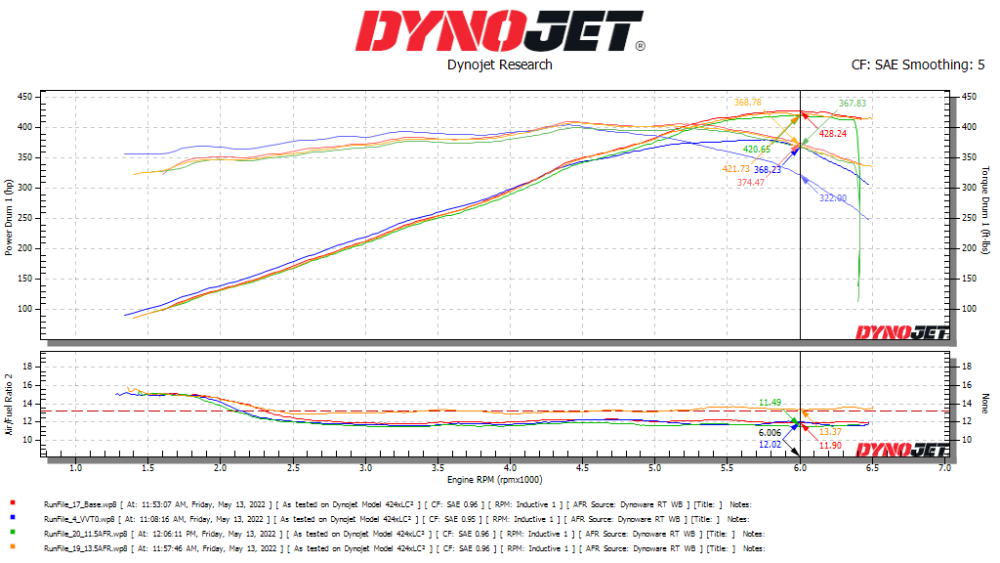
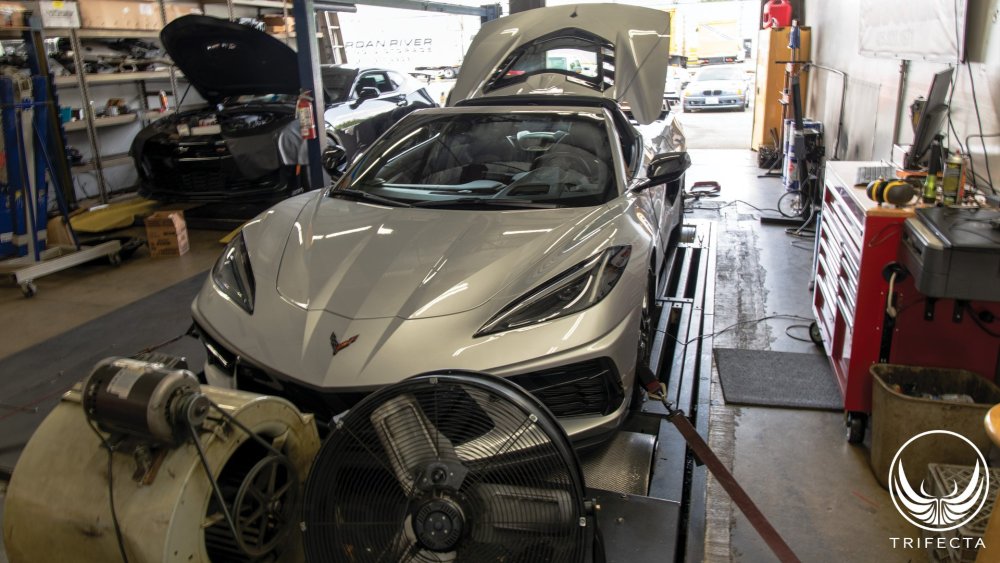
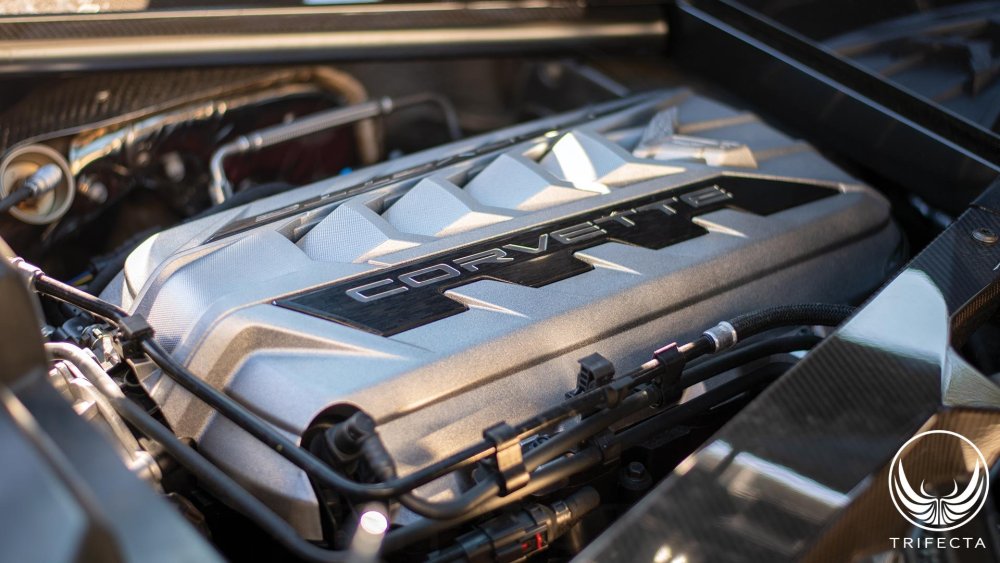

Recommended Comments
Join the conversation
You can post now and register later. If you have an account, sign in now to post with your account.